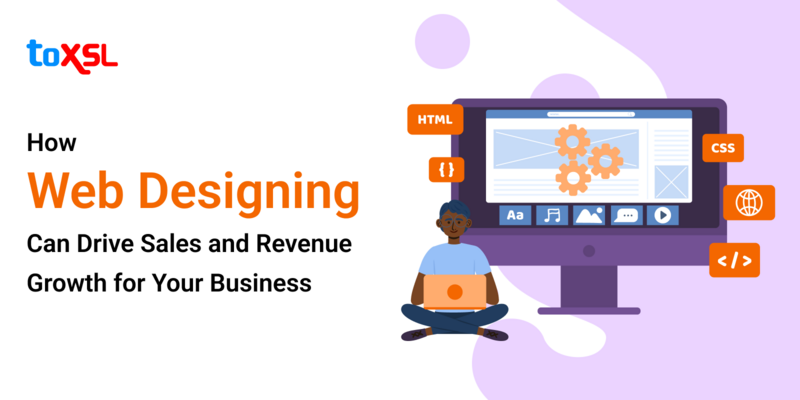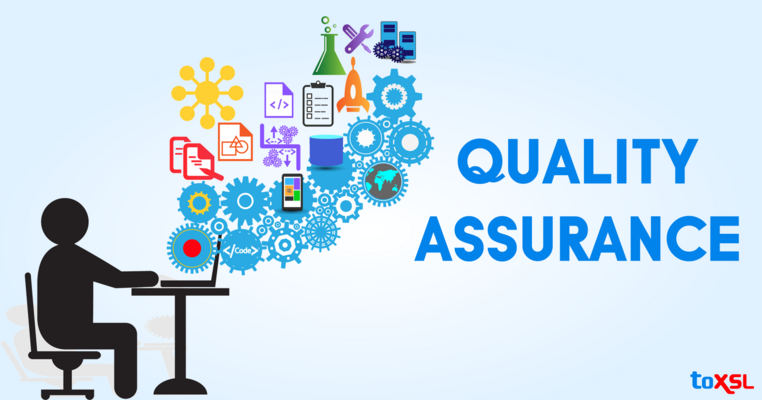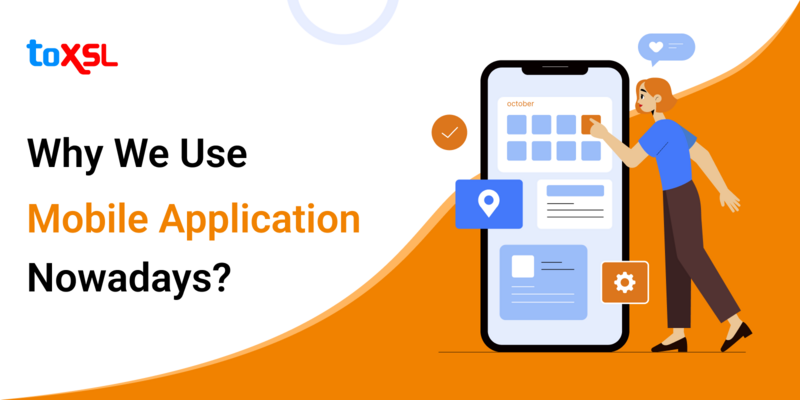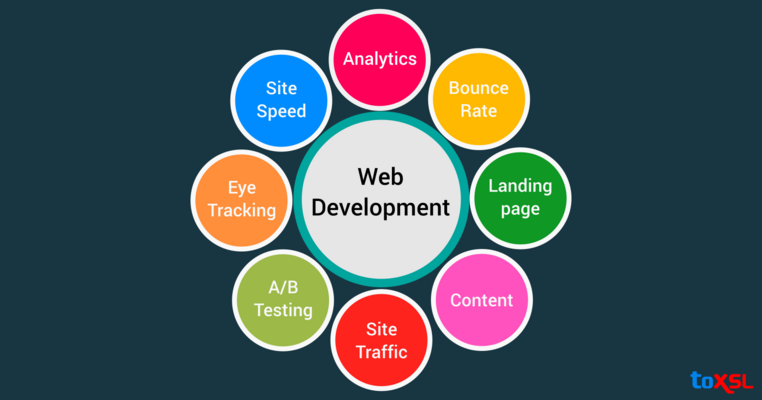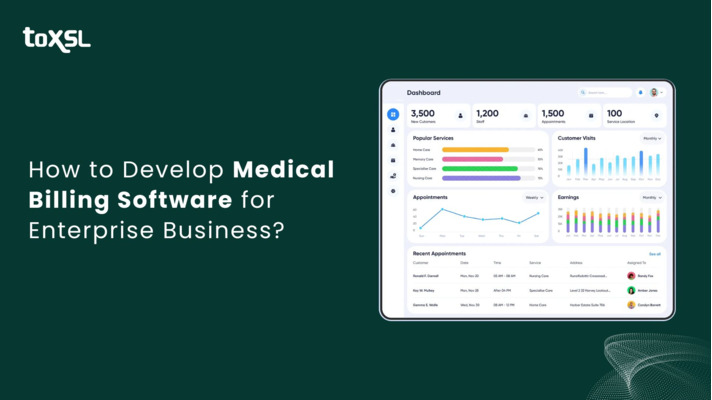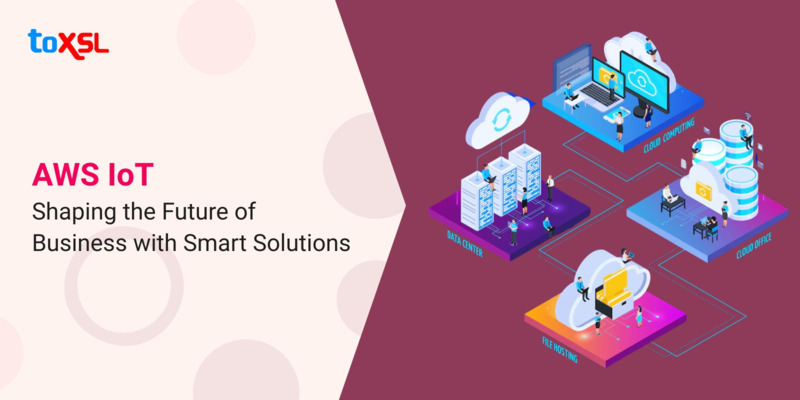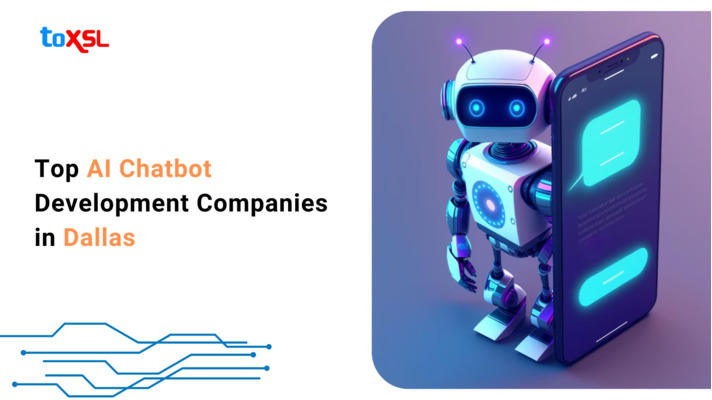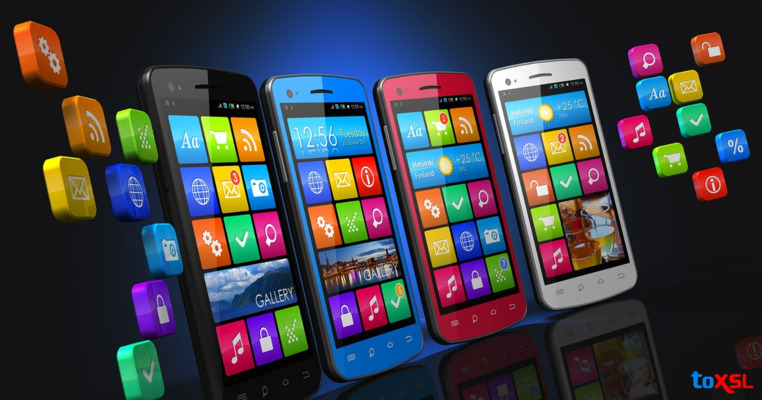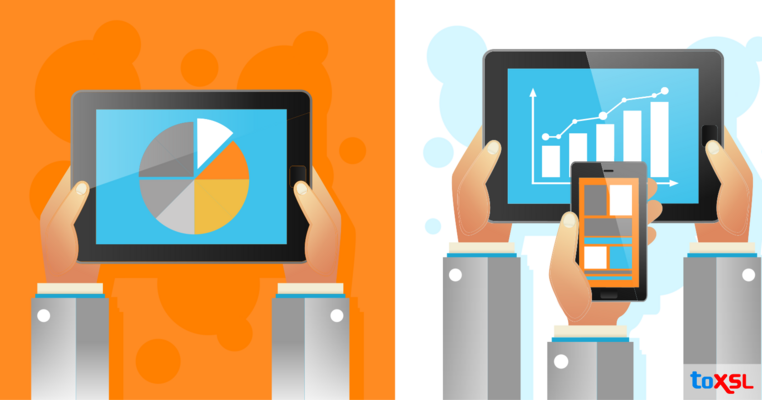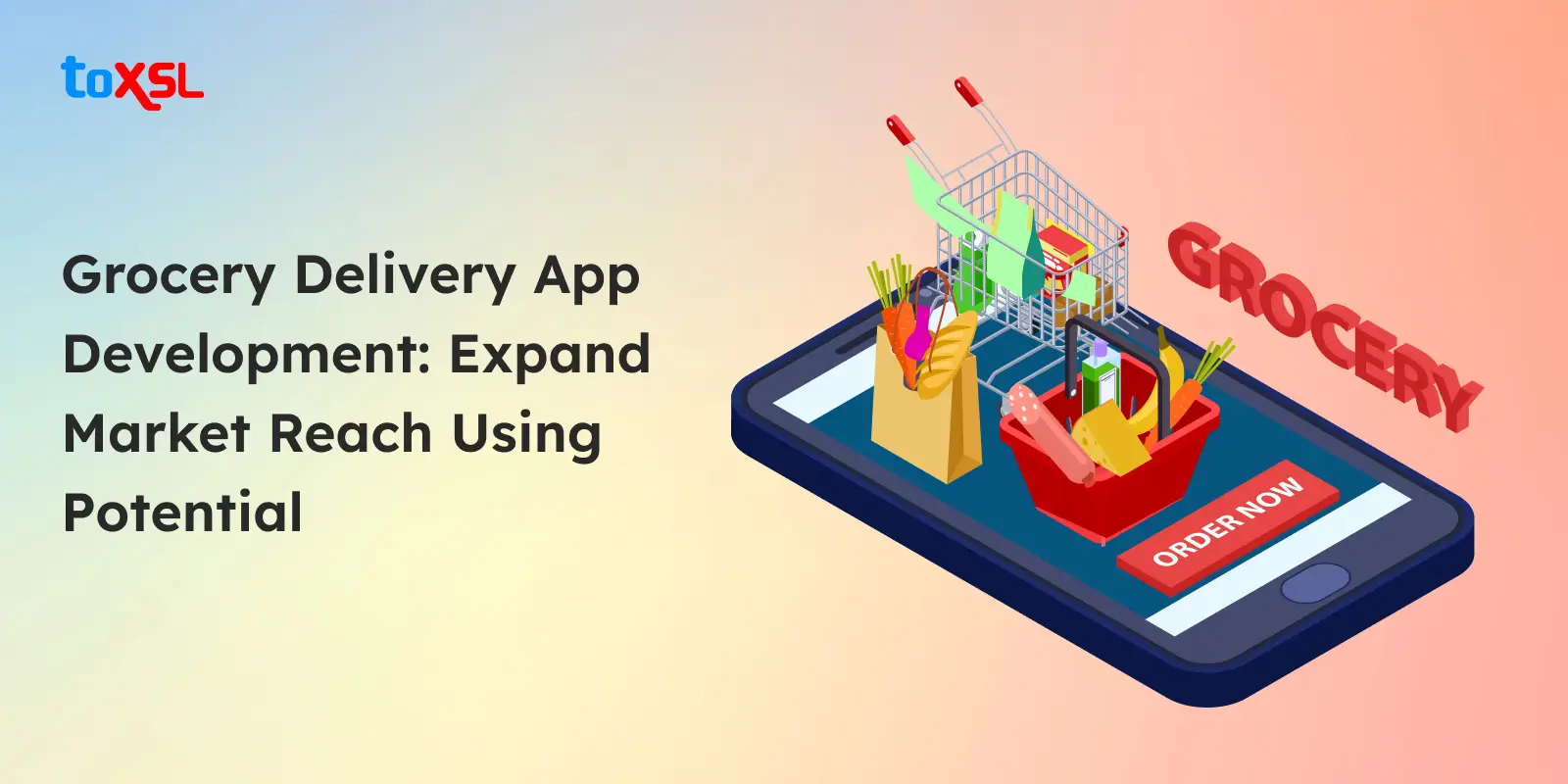
In recent years, the rise of technology has revolutionized various industries, and the grocery sector is no exception. With the advent of grocery delivery apps, businesses have witnessed a significant transformation in the way they operate and cater to their customers' needs. Grocery delivery app development has become a crucial aspect for businesses looking to stay competitive and meet the evolving demands of consumers.
According to statistics, the online grocery delivery app market is supposed to reach USD 447,496 million by the year 2025.
In this article, we will explore the numerous benefits that grocery delivery app development brings to businesses.
Grocery Delivery App Development: Advantages
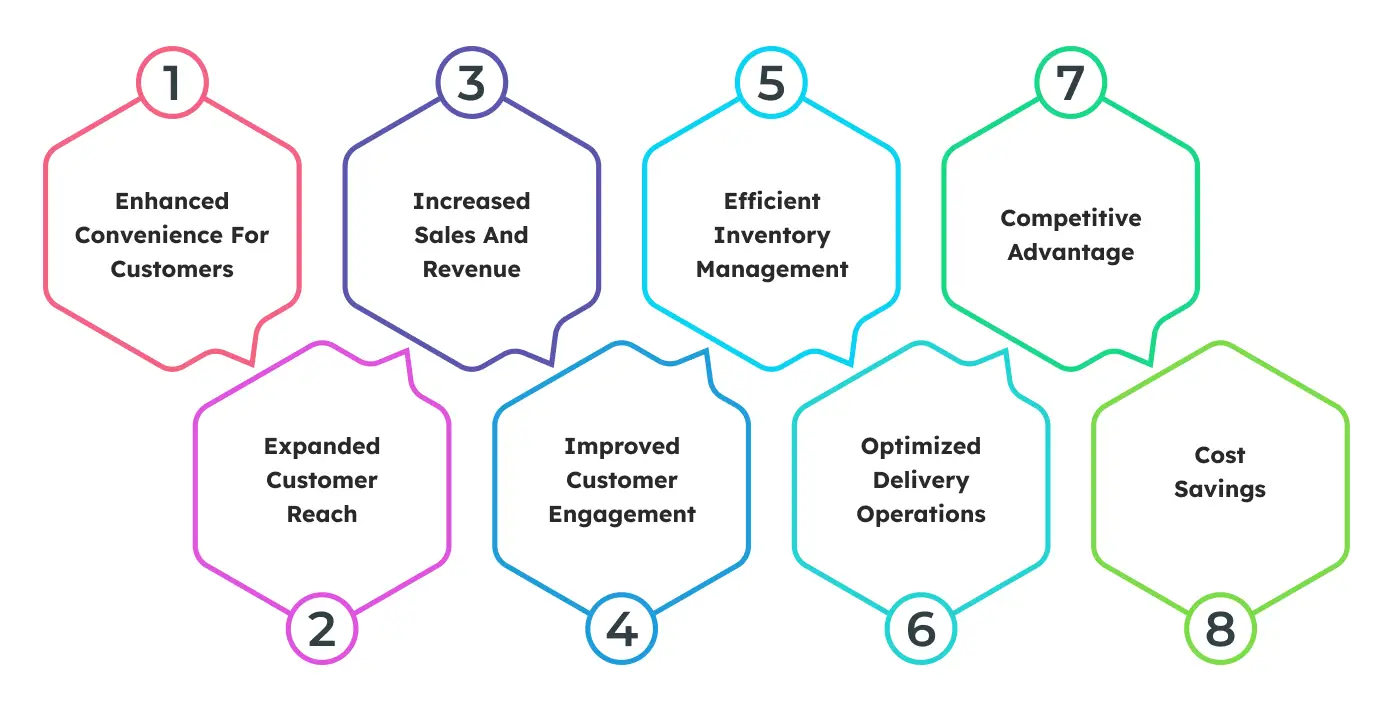
Know the benefits of grocery delivery app development, launch your customizable grocery delivery app solution, and elevate your business. Here are a few advantages of hiring an app development company that can help you develop a Grocery delivery app :
Enhanced Convenience for Customers: The primary advantage of Grocery delivery app development is the convenience they offer customers. With a few taps on their smartphones, customers can browse through a wide range of products, place orders, and have them delivered right to their doorstep. This eliminates the need for customers to physically visit stores, wait in long lines, and carry heavy bags. By providing a seamless and hassle-free shopping experience, businesses can attract more customers and build long-term loyalty.
Expanded Customer Reach: Enable businesses to reach a broader customer base beyond their physical store locations. With an app, businesses can extend their services to customers who may not have easy access to their stores due to distance or other constraints. This expanded reach allows businesses to tap into new markets and increase their sales potential.
Increased Sales and Revenue: Offer a convenient and accessible platform for customers to shop, grocery delivery apps can significantly boost sales and revenue for businesses. The ease of ordering through an app encourages impulse purchases and increases average order values. Moreover, with features like personalized recommendations and targeted promotions, businesses can upsell and cross-sell products, further driving sales growth.
Improved Customer Engagement: Grocery delivery apps provide businesses with valuable insights into customer behavior and preferences. Through data analytics, businesses can understand customer buying patterns, preferences, and feedback. This information can be leveraged to personalize the shopping experience, offer tailored promotions, and improve customer engagement. By staying connected with customers through push notifications and in-app messaging, businesses can foster stronger relationships and enhance customer loyalty.
Efficient Inventory Management: Streamline inventory management for businesses using our grocery delivery app. With real-time updates on product availability and stock levels, businesses can ensure accurate order fulfillment and minimize instances of out-of-stock items. This not only improves customer satisfaction but also reduces operational costs associated with overstocking or understocking products.
Optimized Delivery Operations: Enable businesses to optimize their delivery operations, resulting in faster and more efficient deliveries. Grocery apps use advanced route optimization algorithms to help drivers navigate the most efficient routes, reducing delivery times and costs. Real-time tracking features allow customers to track their orders and receive timely updates, enhancing transparency and trust.
Competitive Advantage: In today's competitive market, having a grocery delivery app can give businesses a significant edge over their competitors. By embracing technology and offering a modern shopping experience, businesses can differentiate themselves from traditional brick-and-mortar stores. This differentiation can attract new customers, retain existing ones, and position the business as an industry leader.
Cost Savings: While developing a grocery delivery app may require an initial investment, it can lead to long-term cost savings for businesses. By automating various processes such as order management, inventory tracking, and delivery logistics, businesses can reduce manual labor costs and improve overall operational efficiency.
Grocery Delivery App Development Cost
The cost of developing a grocery delivery app can range from $10,000 to $100,000 for Android and $15,000 to $150,000 for iOS platforms. This cost includes the basic features required for a grocery delivery app, such as user registration, product listing, shopping cart, payment gateway integration, and order tracking. However, if you want additional features or customizations, the cost may increase accordingly.
However, determining the precise cost of developing a grocery app can be challenging. The expense of building an on-demand food application will depend on its features, functionality, and overall design. Once you have outlined your desired features, a grocery delivery app development company can provide you with a cost estimate.
Grocery Delivery App Development: Future Trends
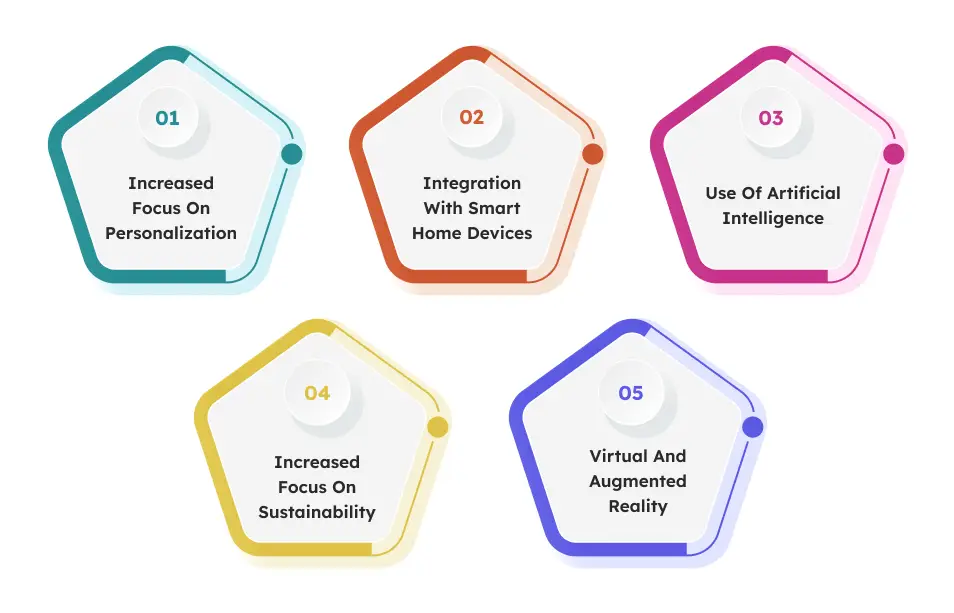
The grocery delivery app development market has experienced tremendous growth in recent years, and this trend is expected to continue in the future. As more consumers turn to online shopping and digital technologies, the demand for grocery delivery apps is likely to increase. Let us now explore the future trends of grocery app development in business, including the technologies and features that are expected to shape the industry.
Increased Focus on Personalization
One of the key trends in grocery delivery app development is the increasing focus on personalization. Consumers are looking for more personalized shopping experiences, and grocery delivery apps are no exception. In the future, mobile app development services can offer personalized recommendations based on the user's purchase history and preferences.
For example, an app might suggest products that the user has previously purchased or offer discounts on items that the user has shown an interest in. This personalized approach can help to increase customer loyalty and drive sales.
Integration with Smart Home Devices
Another trend that is expected to shape the future of grocery delivery app development is integration with smart home devices. As more consumers invest in smart home technologies, such as Amazon Alexa and Google Home, grocery delivery apps will need to integrate with these devices to provide a seamless shopping experience.
For example, a user might be able to use voice commands to add items to their shopping list or to place an order for delivery. This integration can help to make the shopping experience more convenient and efficient and can also help to increase sales.
Use of Artificial Intelligence
Artificial intelligence (AI) is another technology that is expected to play a major role in the future of grocery delivery app development. AI can be used to improve the user experience, for example, by providing personalized recommendations and offers or by helping to streamline the ordering process.
AI can also be used to optimize the logistics of the delivery process, for example, by predicting demand and adjusting inventory levels accordingly. This can help reduce waste and improve the efficiency of the delivery process.
Increased Focus on Sustainability
As consumers become more environmentally conscious, the grocery app development industry is expected to place a greater emphasis on sustainability. This might involve using eco-friendly packaging materials, reducing food waste, or offering discounts for customers who choose sustainable options.
For example, an app might offer discounts on products that are locally sourced or that have been produced using sustainable methods. This can help to appeal to environmentally conscious consumers and can also help to reduce the carbon footprint of the delivery process.
Virtual and Augmented Reality
Finally, virtual and augmented reality (VR/AR) technologies are expected to play a larger role in the future of grocery delivery app development. These technologies can be used to create immersive and engaging shopping experiences, for example, by allowing users to virtually explore the aisles of a grocery store or to see what a product might look like in their own homes.
VR/AR can also be used to provide customers with more information about the products they are considering, such as nutritional information or product reviews. This can help to increase customer confidence and drive sales.
Hence, the future of grocery delivery app development is expected to be shaped by a number of trends and technologies, including personalization, integration with smart home devices, the use of artificial intelligence, a greater emphasis on sustainability, and the use of virtual and augmented reality. These trends and technologies are likely to improve the user experience, increase customer loyalty, and drive sales. As the grocery delivery app development market continues to grow, we can expect to see more innovative and creative solutions that meet the changing needs of consumers.
Conclusion :
In conclusion, grocery apps offer numerous benefits for businesses in the grocery sector. From enhanced convenience for customers to increased sales and revenue, these apps have become essential tools for staying competitive in the digital age. By leveraging technology to provide seamless shopping experiences, businesses can expand their customer reach, improve customer engagement, optimize operations, and gain a competitive advantage in the market. Looking for the best grocery delivery app development services? Contact us today.
FAQ's
Q1. How do I start developing a grocery delivery app in 2024?
To start, you need a clear plan. First, define your target audience and the features you want in the app. Next, choose whether you want to build it for Android, iOS, or both. Then, hire a reliable app development company like ToXSL Technologies that can turn your idea into a working app with the latest tools and technologies.
Q2. What technologies are used to build a grocery delivery app in 2024?
In 2024, developers use modern tech stacks like:
- Flutter or React Native for cross-platform apps
- Node.js or Laravel for backend development
- Firebase or AWS for cloud services
- AI and ML for personalized recommendations
These technologies help build fast, scalable, and secure grocery apps.
Q3. How long does it take to build a grocery delivery app?
It depends on the app’s complexity. A basic app can take 2–3 months, while a feature-rich app with advanced options like real-time tracking, analytics, and AI integration may take 4–6 months or more. The timeline also depends on the size of the development team and the project scope.
Q4. Can I customize my grocery delivery app based on my business needs?
Yes, absolutely! A good development company will let you fully customize the app to match your brand, business goals, and customer preferences. You can choose custom designs, features, payment options, and even integrate local languages or delivery zones based on your business location.





